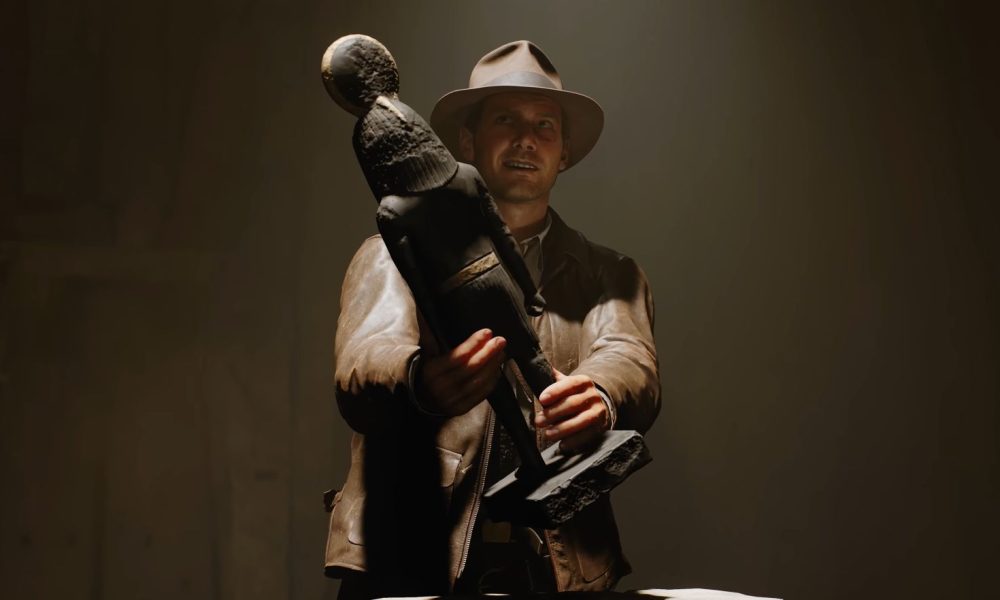It’s been a couple of years now since the roll & write explosion, with seemingly every popular game getting a new version to take advantage of the momentum. As someone who loves roll & write games, I’m not complaining, just pointing out that there are a lot of them. Enter Parks. The wildly successful board game has now been reimplemented into a smaller and leaner Roll & Hike (because puns are amazing). To stand out and get some table time, it’ll need to do more than take advantage of its successful predecessor’s name. Does it succeed? Let’s get into it.
Mechanically, Parks: Roll & Hike, from Keymaster Games and designed by Henry Audubon and Mattox Shuler, is going to feel very familiar to anyone who has played a roll & write game before. If this is your first foray into the genre, it’s quite simple. The game is played over three “days”, or rounds, which will consist of a number of turns depending on the player count and player choices. Each turn, the pool of dice is rolled and then players will take turns drafting them to perform actions. Rinse and repeat until the end game is triggered. Most points wins. With some exceptions, most roll & writes follow that same outline. What sets a game apart is the decisions players are forced to make when drafting dice, the intricacy of the combos that can be set up, and the feel and theme of the game.

Parks: Roll & Hike is on the simpler side of the spectrum when it comes to mechanical complexity and combo triggering. The player board, or sheet, is divided into four sections. The main section that the game revolves around is the landmark section. Throughout the game, players will be trying to collect landmarks to draw into their journals and then write about to fill in the landmark section for end game points and to trigger combo actions. There are three standard landmarks: forests, mountains, and meadows, as well as a unique landmark depending on which park you have chosen to explore for that game.
The next section features animals that you can cross off to gain bonus actions or add water to your canteen for end of round scoring. The canteen is scored at the end of each round so investing in water early can pay off in big points. Crossing off a diverse selection of animals will also contribute to end game scoring.
Throughout each round, players will also want to consider going for Sunset actions. This section contains bonus opportunities to write extra journal lines, gain extra water for your canteen, and even roll extra dice for further bonuses. A Sunset takes place at the end of each day (round) and every bonus you’ve filled in will be triggered.
Finally, players can collect binoculars which are simply completed in pairs to trigger bonus animals or gain extra landmarks. Combining landmark bonuses with binoculars and animals can trigger some big chains if you plan it out well enough.

The one interesting mechanical twist that Parks: Roll & Hike includes is that any player could have the opportunity to take the orange die early and end the turn. However, there is a cost. Each white die that is left has to be paid for with a sun. Suns are gained through dice and animals throughout the game but are also used to trigger the unique bonus action of each park during the sunset. It becomes an interesting decision on whether it’s worth it to grab the orange dice, spending your precious suns, in order to take the path bonus or if you need to save your suns for the park sunset bonus. Additionally, taking the orange die is going to cause you to be last in the next turn since the first player for each turn is always to the left of whoever was last the previous turn.

The game plays 1-4 players and play does feel different at different player counts. The solo game largely follows the same ideas as the competitive game with only a few very minor changes and has you compete against yourself for a high score. That’s not something I find particularly compelling but it’s an option if that’s something you’re interested in. Playing at 2 players makes the game very snappy and there is almost always a good option for dice to take. Play becomes much more reliant on setting up combos to outdo your opponent since you both have plenty of options each turn. At all player counts, you use the same number of dice which means with three or four players your options are much more limited. Instead of drafting 2-3 dice per turn, you will likely only get 1 and sometimes 2. Play at those higher counts is much more strategic and the choices much more important. This is partially mitigated by the board featuring an extra step each day but securing the orange die and bonus action is cutthroat and way more impactful.
The game includes six different parks to explore. Each park has its own special landmark that features different gameplay rules and bonus actions or end game scoring bonuses. The game does a good job of making each one feel different and impact the game in different ways. A particularly thematic example being Death Valley causing the water symbols on the white dice to not count. Water is hard to come by in the desert after all.

There are of course more details and rules than I’ve described but the essence of the game is a fairly standard roll & write. What sets Parks: Roll & Hike apart and makes it worth talking about the production and feel of playing the game. It’s hard to describe but playing this game feels good. Everything about the production of this game is beautiful, intentional, and over the top. So much of playing a roll & write is the physical interaction with the elements. You’re rolling the dice. You’re holding the pencil. You’re marking up your player sheet. It’s engaging with the physical game in a way that normal board games don’t allow. In an era where wrapping all of your board game components in protective plastic and burning at the stake anyone who even thinks about eating Cheetos has become the norm, it almost feels taboo to be writing all over a game with a pen or pencil. These simple games become infinitely more interesting and engaging when they allow us to feel like we are creating something, not just playing.
That feeling of creativity and physical engagement emanates profoundly from the theme and player journal in Parks: Roll & Hike. Rather than the tear off pad of paper you’d normally expect, each player has their own bound and covered journal. You can easily envision looking out over a mountain valley as you scribble notes next to the mountain you just sketched into your journal. Each game is an entry into your journal that isn’t ripped out and thrown away like garbage at the end. There is a permanence to it that makes the game feel like more than it is.

If the journals are the main attraction, the other components are shown no less love. The dice are wonderfully chunky with clear iconography. Full length pencils and a full size eraser are included. The hiker meeple is vibrant and chunky wood when it could have easily been a token. The board is…. Well it’s a board, but the artwork by Andreea Dumuta is fantastic and beautifully detailed. All of this packs into a perfectly sized box with a magnetic snap closure. Small enough to take with you and play on an actual mountaintop, the total production of this game is some of the best stuff I have ever seen.
At this point, it’s probably pretty obvious that I like the game. Parks: Roll & Hike doesn’t really do anything new with its gameplay, but the production and the way you engage with it knock it out of the park. Sometimes you don’t have to reinvent the wheel, you just have to do it better than everyone else.
A life long video gamer, Mark caught the Tabletop itch in college and has been hooked ever since. Epic two player strategy games are his favorites but he enjoys pretty much everything on the tabletop, just no Werewolf please. When he gets a break from changing diapers and reading bedtime stories he can usually be found researching new games or day dreaming about maybe one day having time for a ttrpg. Some of Mark's favorite games are Star Wars: Rebellion, A Feast for Odin, and Nemesis.

Parks: Roll & Hike takes a well known formula and but does it cleaner than anyone else while pushing the bounds of production quality. It may not sway players that don't like the genre, but fans of Roll and Writes can't miss this one.
PROS
- Beautiful components
- Streamlined gameplay
- Park options feel unique and mix up gameplay
CONS
- Mechanically, same as every other roll & write so if theme and components don’t matter to you, the gameplay isn’t going to.
Unless otherwise stated, the product in this article was provided for review purposes.
See below for our list of partners and affiliates:

 3 months ago
120
3 months ago
120

















![Anime Reborn Units Tier List [RELEASE] (November 2024)](https://www.destructoid.com/wp-content/uploads/2024/11/anime-reborn-units-tier-list.jpg)
